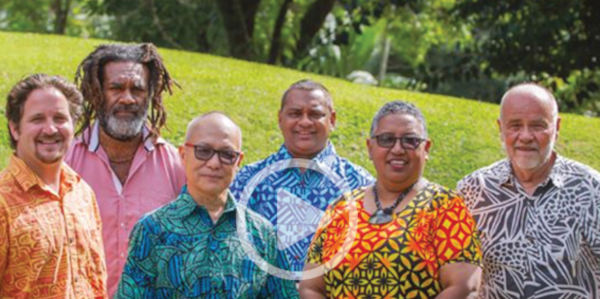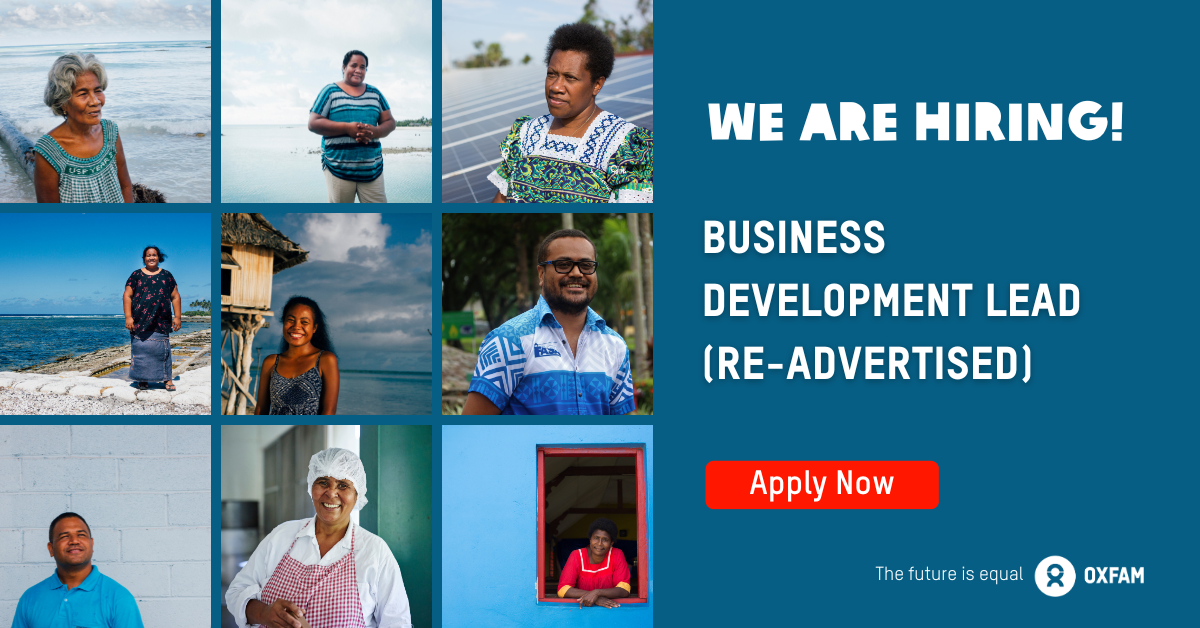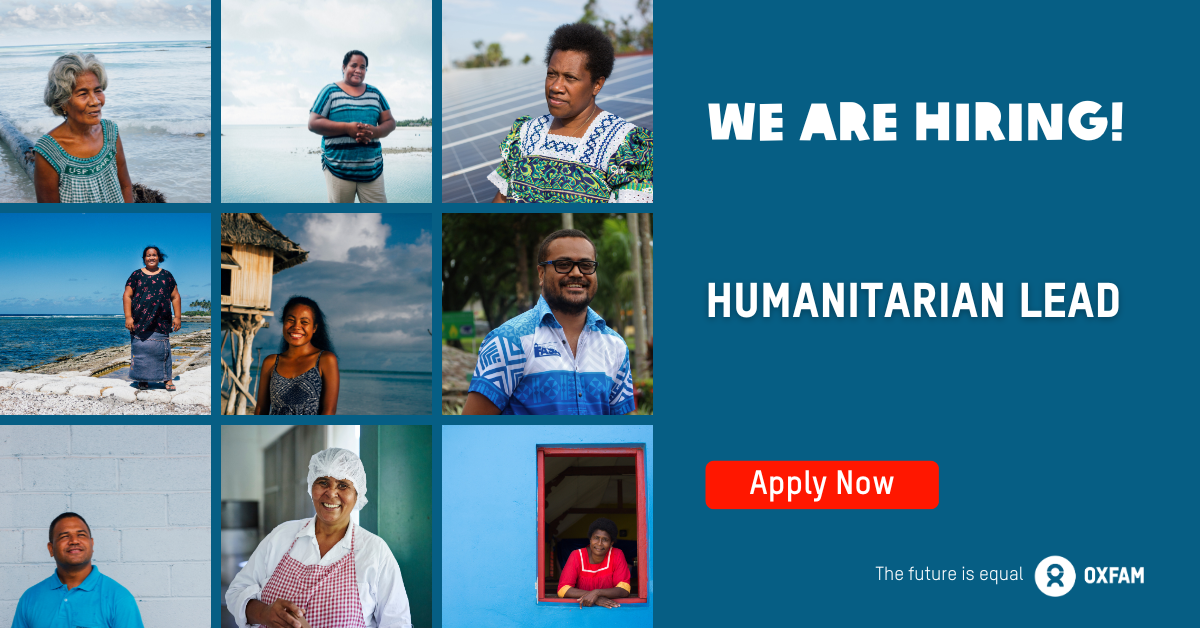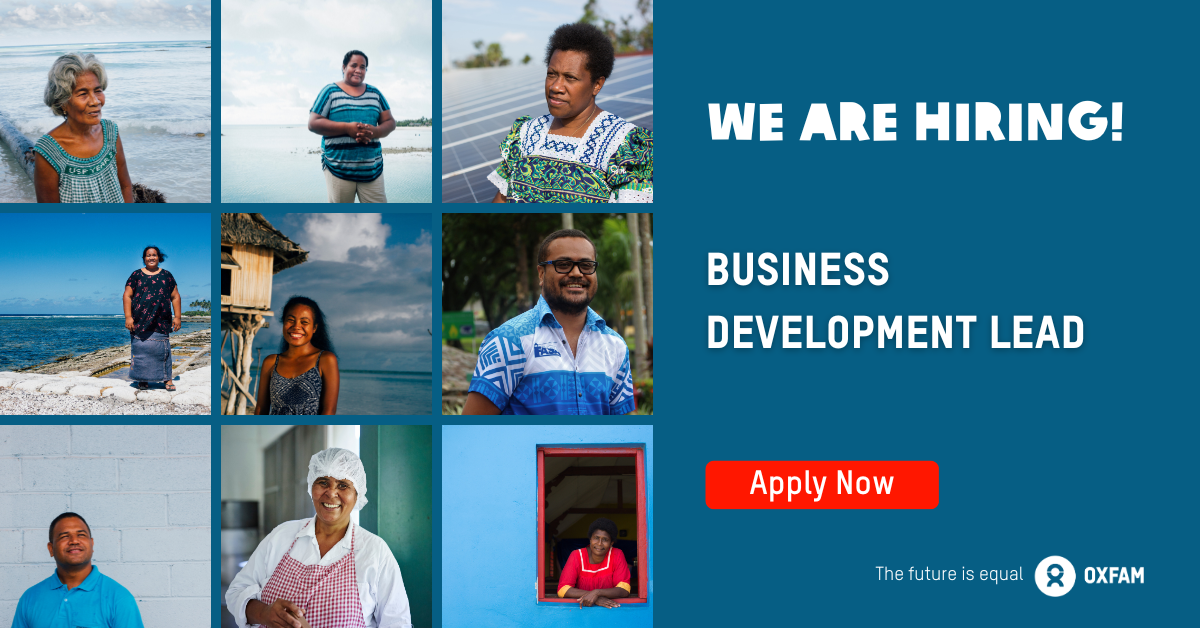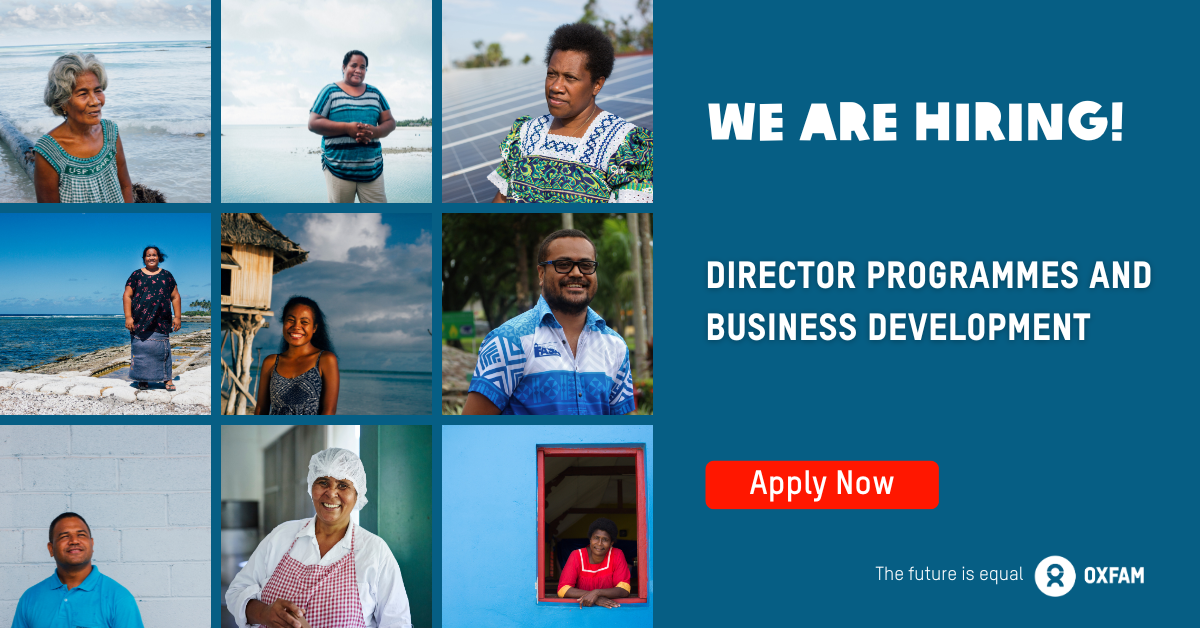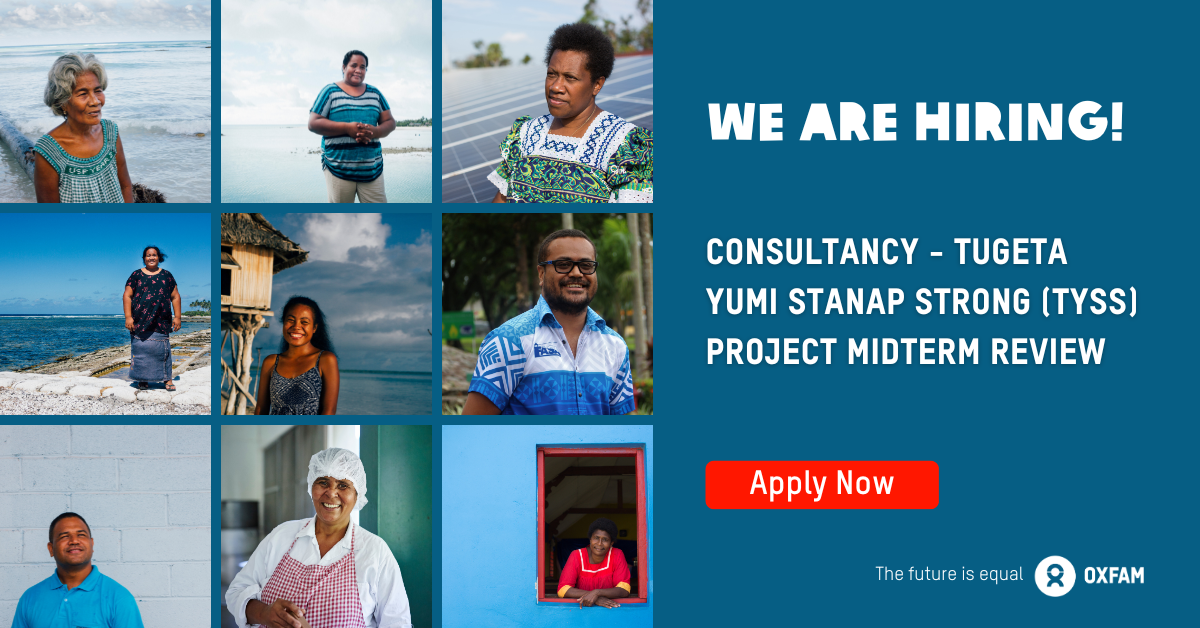AGRICULTURE, THE ROOTS OF OUR GROWTH?
by Maureen Penijueli, Coordinator PANG
The panel provided a sobering analysis of the current state of agriculture in Fiji and removed any romanticised notions of what it would take for an agriculture reset.
During its heyday, 20 — 30 years ago, Fiji’s research and development in agriculture was rated and considered world class. Decades later, after neglect from successive governments, agriculture has been brought to its knees.
As pointed out by Wah Sing, “unlike other industries agriculture cannot just be switched on. It is a product of biological and genetic processes and it takes time to develop.
Agriculture is a long-term game changer that needs to be supported by a “super billion- dollar budget”.
The panelists brought home the significant challenges along with key messages as well as potential ideas and solutions for the immediate and medium term, but more significantly on how to begin the long road to resetting agriculture in Fiji.
One of the most immediate and significant economic impacts of COVID-19 has been the unemployment figures, more than 40,000 people have lost their jobs in Fiji.
Increasing numbers of people are going back to villages to farming, fishing while back-yard gardening has sprouted in urban and peri-urban centres to shore up food security and widen livelihood options.
Livai Tora, pointed out, this drift back to the land is bringing a new set of challenges and potential conflict. Food security should not just be seen as being able to produce enough food for consumption, but also supporting people to be able to buy and preserve enough food to survive.
With so many novice farmers, back yard gardeners mostly run by women, showed that there is a need for resources on where people can go for basic help.
Growing for personal consumption can help buffer the impacts of COVID-19 but while the urban centres are critical markets for local produce and can provide livelihoods, they are susceptible to price volatility.
Increased produce means lower prices for farmers. Kyle Stice brought home the point on price volatility.
For example, prior to the pandemic, the price of cucumbers per bag was at an all time high $140 a bag. During the pandemic it dropped right down to $10 and stabilised at $40 at current market price.
Key staples such as cassava while enjoying good prices now is likely to drop in the next six months. A key solution promoted is the self-organising of farmers —“farmers helping farmers” to share knowledge, ideas, skills and innovations.
There are five established, “farmer to farmer” organisations in Fiji which can and do help build greater resilience and support structures covering backyard gardeners, to semi subsistence farmers, export producers, and creating a stronger base for an expanded agricultural sector.
Lavinia Komaitotoya highlighted that this also provides effective avenues to promote greater involvement of women in agriculture particularly in floriculture which has many flow on effects for nutrition and gender equity.
Agriculture is at the heart of discussions for diversifying Fiji’s economy but with a balance between growing foods for a domestic or foreign market.
The decline in the tourism industry has hit domestic producers as hotels are a key consumer of locally grown products, all over the Pacific Islands.
At the same time Fiji and many Pacific Island countries have distinct advantages in agriculture due to the natural environments, climate and fertile soil, providing opportunities for not only large- scale produce but also niche markets.
Agricultural exporters also face many challenges. National airlines have been for too long set up to service the golden goose of tourist markets, the pandemic has brought home the fragility of our over dependency on tourism.
The critical issue of freight access and its cost for fresh produce was raised by panelists, highlighting the importance of national airlines to respond to the current economic situation and service the needs of their agricultural export producers who can buffer our economy in the interim.
Farmers in Fiji have been able to demonstrate that they can organise and increase the freight to market from just one freight flight per week, to one flight per day to three major destinations – Australia, NZ and US.
While seemingly small these freight flights are critical for recovery. Entry into markets was raised as a key challenge as many exports from Fiji and the Pacific face duty-free and quota-free market access, but aren’t able to meet other barriers like quarantine standards.
The continued decline of the Fiji sugar industry brings to the fore the challenges in diversifying an economy. Panelists spoke to the dying sugar industry, but also how many small towns in the “sugar-belt” are still reliant on it.
Moving out of sugar is difficult but some farmers are innovating and trying to connect with other niches sectors such as agro-tourism or move into high-value crops which then face export issues freight etc.
There was a strong consensus on the need for greater investment and government involvement in agriculture. Livai Tora called for a “super budget” of $F1 billion foragriculture in Fiji.
We await the outcome of Fiji’s agriculture census to guide research help innovation and inform policy. Further investment in extension services like people, seeds, pest management and market information would support new farmers and existing ones.
Added to this is the need to ensure social access to productive resources as well as upholding the guardianship of the natural environment to ensure that it isn’t over exploited.
Agriculture is an industry that needs long term planning backed by adequate funding and technical expertise.
As Fiji attempts to diversify away from heavy reliance on dominant exports like sugar it is also having to adapt to the COVID-19 challenges that declining tourism and employment are adding to the mix.
The resilience of producers in Fiji and other Pacific Islands in the face of cyclones and other extreme weather events shows that such challenges can be met. For Fiji and many PICs,agriculture is a key part of any attempts to grow a more prosperous and equitable economy.
It requires deliberate planning, foresight, research, investment and the need to place people, communities and the environment at the centre of policy-making.
WHAT THE PANELISTS SAID?
“We have a tool called ‘value chain analysis’ that looks at, from the product all the way to the end consumer, and all the steps along the way.When you start to do that sort of analysis, you would see why we need exporters, why we need these middlemen, these market vendors, theseintermediaries. So a key policy message should be support the private sector, support the market vendors, support the fresh produce traders. But educate the farmers as well to understand their piece of the pie and know how they can grow that piece of the pie to put money into their pockets.”
Kyle Stice, Nadi Bay Herbs
“Today backyard farming is the new fashion. Get the #mothers involved, get the nutritional planting materials. You can be assured whatever the mother plants that will be on their menu & this is one simple way of fighting NCDs.”
Lavenia Kaumaitotoya, Farmer
“Airfreight in Fiji is built around #tourism and access into the country for tourists, we need to relook at this to encourage growth of other industries like agriculture. Our national airline has to support #tourism but has to look at how to realistically support other industries, looking at freight capacities and freight rates.”
Dr Andrew McGregor, Agricultural Economist
“Sugarcane industry is a dying industry. It wasn’t economical even though it was big scale” now Mr Tora has turned to Agrotourism – merging agriculture & #tourism. As a farmer tapping into tourism – tourism industry has its own challenges.
Ratu Livai Tora, Commercial farmer
Visit their Youtube channel- there are weekly updates.
https://www.youtube.com/playlist?list=PLjUfo9ZGRfvPHBDdkb8f8K8ZV0VQrrYWu

